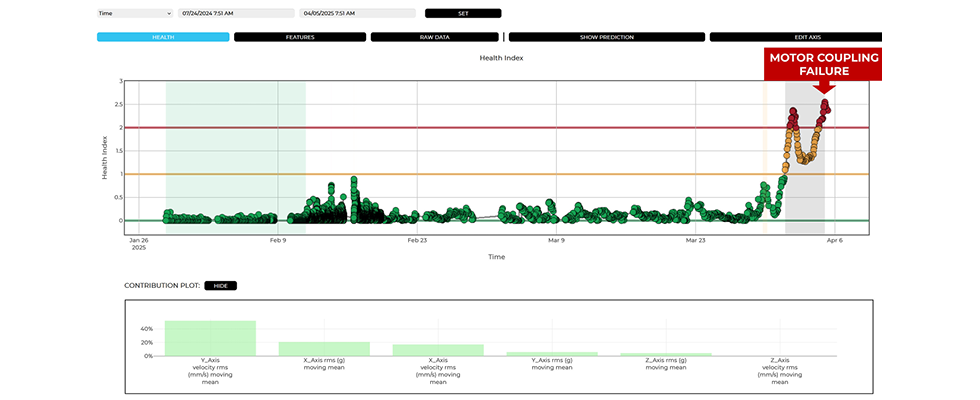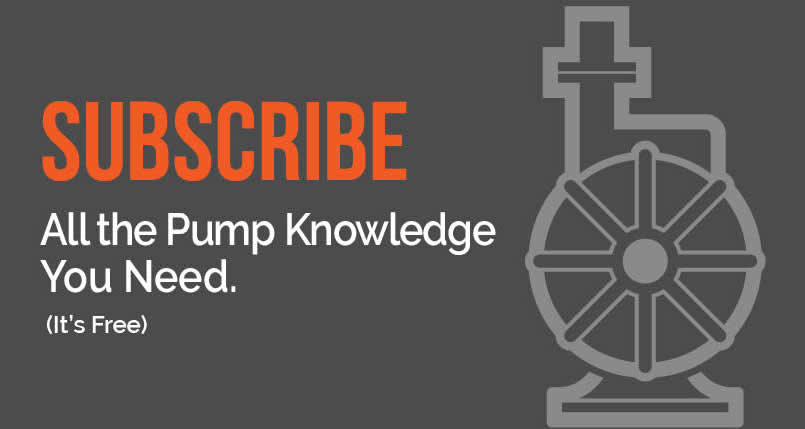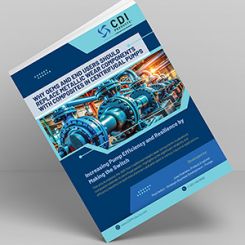
In manufacturing, oil and gas, power generation and water and wastewater applications, unplanned downtime for motor-driven pumps and other critical assets is very costly. Hundreds of thousands of dollars in productivity losses can be incurred when these unplanned failures occur. Given the high cost associated with these failures, there has been considerable interest and prior work in pump health monitoring. Significant savings can be realized by implementing a predictive maintenance solution that can avoid unplanned downtime by providing an early indication of a developing problem on a motor-pump system. Many such solutions, however, rely on traditional wired accelerometers, which offer a robust monitoring approach but can be difficult
to scale across a large number of motor-pump assets.
In the past, a company that specializes in using analytics to perform predictive maintenance partnered with an oil and gas company to implement a pump health monitoring system for their reciprocating pumps using multiple piezoelectric accelerometers. One accelerometer was placed at each pump stage. Pressure and reciprocating speed measurements were also utilized. A machine learning-based model was developed to analyze time-frequency patterns in the vibration data, enabling early and reliable detection of pump health issues, such as seal failures. Despite the potential effectiveness of the solution, the cost and complexity of the suite of sensors used has been a hindrance to deploying this solution at scale.

Advantages of Wireless Vibration Sensors for Pump Health Monitoring
The challenge with the more traditional wired accelerometers is that despite their high accuracy for health monitoring, the cost per sensor and the installation effort can make them a less attractive option for lower cost pump assets or large fleets of pumps. Ideally, a solution would leverage more affordable alternatives—at roughly 50% or less of the wired solution’s cost—to obtain vibration data. Wireless accelerometers are a promising option, but they must provide sufficient data quality. Since transmitting full time-waveform data is typically not feasible, these devices usually send computed vibration metrics instead. Factors like ease of installation, router setup, sensor mounting, battery life and other practical considerations all play a role in selecting the right wireless accelerometer.
Based on an extensive review of available wireless sensing options, there are several potential options that provide a sufficient set of vibration metrics for early detection of pump issues—though detailed diagnosis or root-cause analysis may be less feasible. These options have adequate battery life, easy installation and cost-effective pricing per sensor.
The key advantages of wireless vibration sensors for pump health monitoring are the ease of installation and lower cost per sensor. These are crucial factors for manufacturing and wastewater applications, where more costly wired accelerometer sensors may not be practical. In many cases, early detection is sufficient for maintenance teams to investigate and take proactive action before issues escalate into serious failures and unplanned downtime. Without an affordable and easy-to-install vibration sensor option, the ability to obtain approval for a piloting of the solution would be less likely. Even if approval for a pilot can be obtained, the ability to scale the solution for these applications to many pump assets would be a more difficult value proposition given the high hardware cost.
Use Case: Automotive Manufacturer
The insights and value provided by a predictive maintenance solution that combines wireless vibration sensors with a robust machine learning model is best illustrated through a recent use case with an automotive manufacturer. In this deployment, 13 injection molding machines are currently being monitored, with vibration sensors mounted on the motor-pump system. Because the injection molding machines are running at different settings, depending on what product is being produced, the vibration metrics have more variation due to these operating conditions. As is the case for most predictive maintenance applications at the start of implementation, there was no data to train with from past failures (labeled training data). To address these challenges, a moving window approach was used to smooth the vibration metrics over time, helping to reduce variability caused by changing machine settings. The machine learning model was then trained using this smoothed data, applying a baseline-learning method that establishes normal behavior patterns for each motor-pump system without requiring labeled failure data.
Within just a few months, this approach has already provided early warnings for three issues across the 13 monitored assets. One example, shown in Image 1, illustrates a clear health trend—from green (healthy) to red (unhealthy)—indicating a developing motor coupling issue. The primary contributor to this condition, highlighted in the bar chart below the health index plot, was the smoothed y-axis velocity magnitude. With this clear health insight, maintenance personnel at the facility can proactively schedule repairs, addressing problems before they escalate into costly failures or unplanned downtime.
Selecting the Appropriate Monitoring Solution for a Pump Application
For critical and high-value pump assets, a wired vibration option can still be a logical route to consider. Wired vibration sensors provide higher quality vibration data, including the raw waveform, and can allow for more detailed analysis and greater potential for including diagnosis-type insights into the health monitoring solution. For lower-cost pump assets—especially when monitoring more than 10 to 15 pumps—wireless vibration sensors may be the best fit. Many wireless options are tri-axis accelerometers that also measure temperature. In some cases, combining wireless vibration data with other sensor inputs like motor current, pressure, flow rate or rotations per minute (rpm) can provide valuable context for health monitoring.
For more on condition monitoring, visit pumpsandsystems.com/tags/condition-monitoring.

